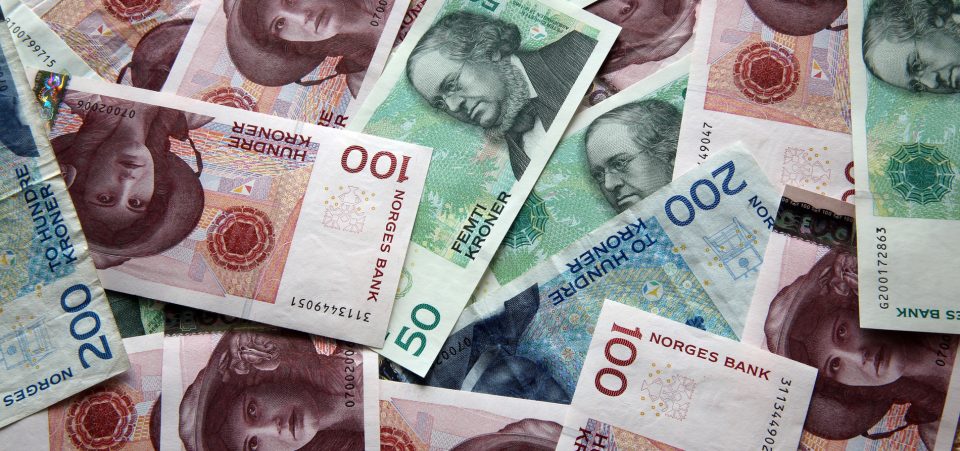Norway’s Sovereign Fund, the World’s Richest, Has Decided to Take More Risk
Even the most cautious sovereign fund faces risks. Its investment strategies can offer some guidance as to what you should consider for your own portfolio. The conservative, but almost shockproof, Norwegian sovereign fund wants to shift its portfolio to favor equities. A government panel has recommended moving from 60% to 70% equity share.
Sovereign funds are noted for their interest in real estate investments. But, the Norwegian Sovereign Fund, the world’s biggest at a value of some $860.0 billion, is changing course. It’s not clear which equities, but Norway wants to take advantage of the current bull market as well, throwing a bit of its famous caution to the wind.
Norway’s sovereign fund has sent a signal suggesting concern about real estate. The Norwegian central bank has suggested to Parliament that it increase the equity component of its sovereign fund to increase returns. Now the $860.0-billion total portfolio consists of 60% equities, 35% bonds, and five percent real estate. The goal is to bring investment in equity from the current 60% to 75%.
The central bank thinks that the new stock-based strategy could boost yields to 2.5% over the next 10 years. This could rise to three percent over the next 30 years. Maintaining the current portfolio would keep yields at 2.1% and 2.6%, respectively. (Source: “Norway’s Wealth Fund Wants to Add $129 Billion in Stocks,” Bloomberg, December 1, 2016.)
Yet, these returns pale in comparison to the average 3.7% that the Norwegian sovereign fund earned between 1998 and 2015. Last October, a group of economists had suggested bringing the equity component to 70%. But, Knut Anton Mork, the fund’s manager, wanted to follow the current strategy. In fact, he wanted to cut the equity component to 50%. Norway’s sovereign wealth fund is unique in the world. Not only is it the largest in existence, but it’s considered to be the best managed, biased on the side of caution. Returns on investments are the only funds that the government can legally use.
The fund, moreover, takes risk so seriously that its investments are monitored for exposure to non-traditional factors such as environment, social responsibility, and governance (ESG). It’s the fund with built-in “safe-spaces” and “trigger warnings.” Indeed, fund managers have tended to stay away from companies involved in tobacco and coal. They shun countries or industries with a dubious reputation.
Yet, the Norwegian fund owes its success mainly to oil. In the early 1960s, Norway struck oil in the North Sea. Other deposits were discovered in the 1970s. The Norwegian government has diligently invested the proceeds from oil extraction proceeds in a fund. The government uses it only for public spending, thus maintaining a kind of “national insurance,” which is worth twice the size of the Norwegian economy (Source: “How Not to Spend It,” The Economist, September 24, 2016.)






